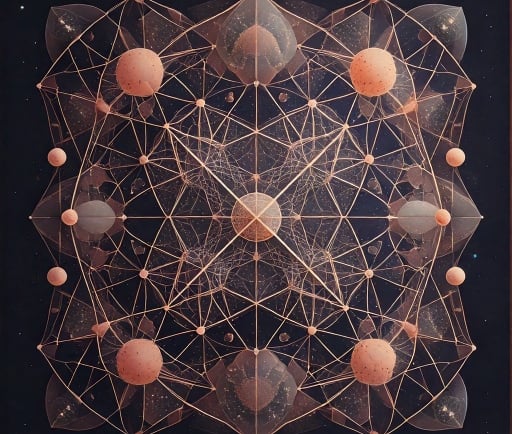The 17 Elementary Particles and Their Role in the Standard Model


Introduction to Elementary Particles
Elementary particles are the fundamental constituents of matter and energy, and they play a crucial role in the framework of modern physics. According to the Standard Model, there are a total of 17 elementary particles categorized into three groups: leptons, quarks, and bosons. In this blog post, we will explore these particles, their classifications, and the implications of their interactions.
Classification of Elementary Particles
The Standard Model identifies six types of leptons, six types of quarks, and five types of bosons. Leptons include the electron, muon, and tau, along with their corresponding neutrinos. Quarks come in flavors such as up, down, charm, strange, top, and bottom. Each quark type has unique properties that contribute to the formation of protons and neutrons within atomic nuclei.
Bosons, the force carriers of nature, enable the interactions between these particles. The five bosons include the photon, W and Z bosons, gluons, and the Higgs boson. This categorization reveals the diverse mechanisms through which elementary particles interact, offering a deeper understanding of fundamental forces.
The Graviton and Gravitational Waves
A significant aspect of the Standard Model is the quest to unify gravity with quantum mechanics. Although gravity is not fully integrated within the model, physicists postulate the existence of the graviton, the theoretical force-carrying boson responsible for gravitational interactions. The detection of gravitational waves—ripples in spacetime produced by accelerating massive objects—provides empirical support for the graviton theory.
Gravitational waves serve as a bridge in understanding the dynamic behavior of spacetime and the effects of gravity on elementary particles. Detecting these waves not only builds on the notion of the graviton but also enhances our grasp of the universe’s structure and the fundamental forces at play. The search for conclusive evidence of gravitons remains a hot topic in contemporary physics, illustrating the complex interplay between theoretical predictions and experimental validation.
Conclusion: The Future of Particle Physics
The exploration of the 17 elementary particles within the Standard Model marks only the beginning of our understanding of the universe's intricate framework. As physicists continue to probe the depths of particle interactions and the potential existence of particles like the graviton, our knowledge will evolve further, unveiling dynamic principles governing the cosmos. Future research endeavors may pave the way for new discoveries, enriching our comprehension of matter, energy, and the very fabric of reality.
